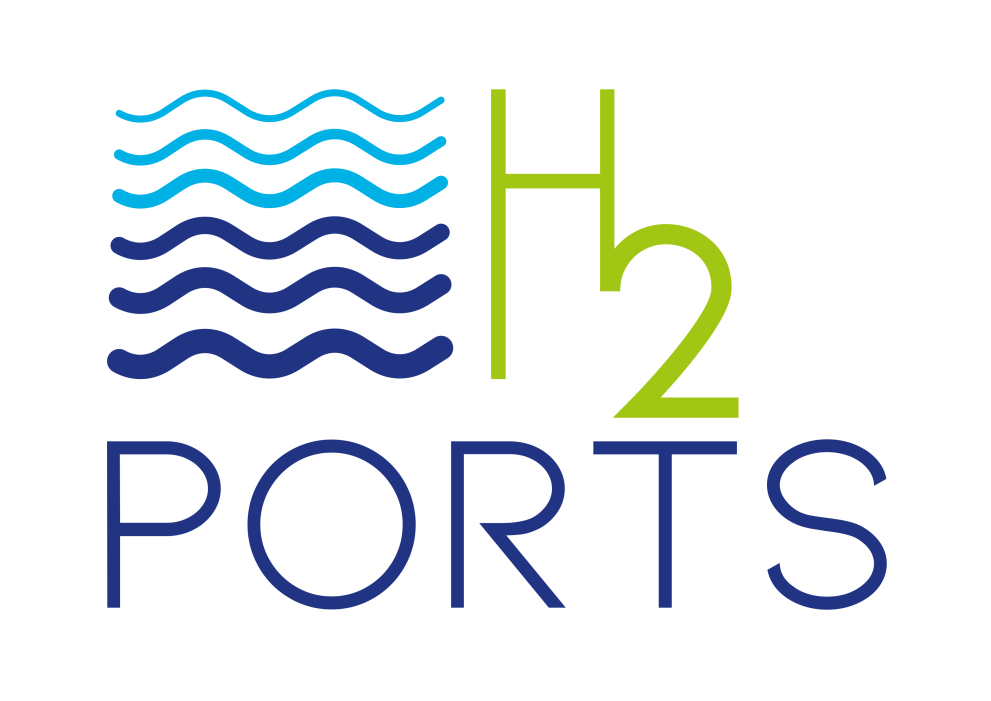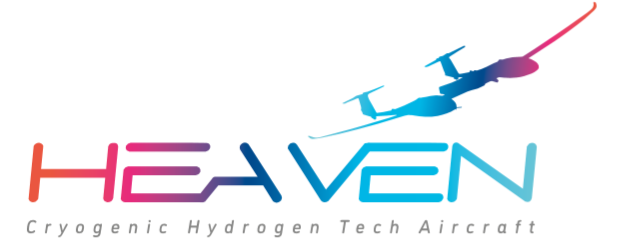The innovations shortlisted this year focus on those sectors where use of clean energy would make the greatest difference to reducing pollution: energy production for industry and heavy-duty transport – the engines and the refuelling and storage infrastructure. The project partners leading the winning innovation will receive the award.
Voting is now closed
Setting the standard for fuel cells

Partners leading the innovation: SINTEF, on behalf of the consortium
StasHH is standardising fuel cell components so that they can be easily stacked and fitted into any heavy-duty vehicle, from trucks to construction equipment, buses, trains and ships. A shared standard for fuel cell modules will enable mass production and cost reductions, boosting the technology’s competitiveness.
Putting hydrogen under pressure at refuelling stations

Partners leading the innovation: EIFHYTEC
Putting more hydrogen fuel cell vehicles on roads means developing refuelling stations, and these need compressors. This innovative, hybrid solution combines a mechanical and metal hydride compressor, providing the high flow rates and flexibility of the former, and the reliability and energy efficiency of the latter.
Producing green hydrogen with renewables

Partners leading the innovation: SNAM SPA, Stamicarbon BV, Capital Energy Services SLU
An electrolyser that uses renewable electricity and a solar heat storage system to ensure the high temperatures needed for hydrogen production, looks set to provide greater efficiency, reliability and durability than conventional electrolysis. The prototype being developed will be able to provide renewable hydrogen for injection into the gas grid, chemical storage of renewable electricity, and for ammonia and fertiliser production.
Powering cleaner port operations

Partners leading the innovation: HYSTER-YALE NEDERLAND BV
Europe’s port logistics operators have recognised the importance of reducing emissions. To stack shipping containers at port terminals in a zero-emission manner, the first hydrogen fuel cell powered reach stacker in the world is being tested at Valencia’s port in Spain.
Multiplying the megawatts to meet industry demand

Partners leading the innovation: Sunfire GMBH
Decarbonising energy-intensive industries can make a major contribution to the EU’s climate targets. The world's first high-temperature, multi-megawatt electrolyser is being installed and operated in Rotterdam, producing up to 60 kg of hydrogen per hour for a biofuels refinery. MultiPLHY's electrical efficiency (85% el, LHV) will be at least 20 % higher than low-temperature electrolysers, significantly reducing the cost of green hydrogen.
Hydrogen goes underground
Partners leading the innovation: Storengy SAS, Institut National de l’Environnement Industriel et des Risques (Ineris), Brouard Consulting SAS
When hydrogen is produced in quantity, it needs to be stored. Doing so underground allows greater volumes to be stored and reduces land use and the need for special vessels. Testing the process is underway at a salt cavern in France, where the hydrogen will be used for cycling the pressure in the cavern. The tests will determine if the idea if feasible, cost-effective and can be reproduced elsewhere in Europe.
Clean aviation reaches new heights

Partners leading the innovation: Air Liquide Advanced Technologies SA, H2Fly
Cryogenic liquid hydrogen storage technology has been successfully tested for the first time in the world on a piloted flight in a 2-4 seat aircraft. Thanks to the technology demonstrated, the aircraft range has doubled versus the existing pressurised hydrogen tanks, and this will help to ensure commercial viability. In parallel, the demonstration of a fuel cell system, development of safety protocols and an economic assessment will help clear the way for clean aviation.
